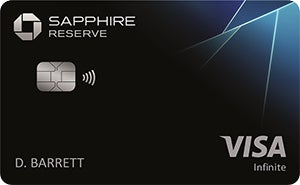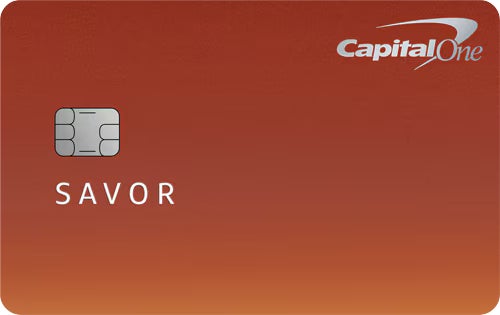
Rewards Credit Cards - Reviews
Credit card rewards come in many forms — from miles to cash back to points — that can redeemed for a variety of goodies. Some cards offer large sign-up bonuses, others offer extra earnings on bonus categories. Some cards charge annual fees. All these differences can make it difficult to compare.
We’ve created a rating system to cut through the complicated details and compare cards on a similar basis. Our ratings take into account the estimated value of their rewards, the ease of redeeming rewards and special perks and benefits. Check out the offers below from our partners.
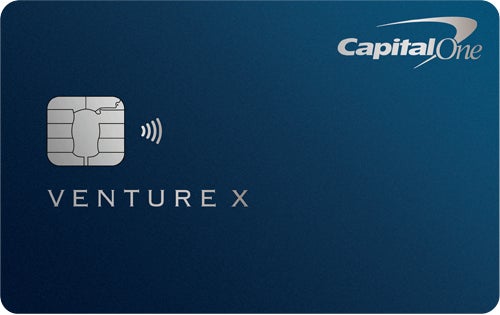
Capital One Venture X Rewards Credit Card
Last reviewed: April 24, 2025
Boasting a roster of valuable perks and annual credits and one of the best rewards rates available on a luxury travel card, the Venture X card should offer terrific value for frequent travelers.
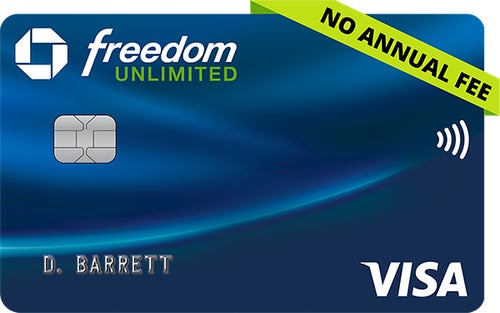
Chase Freedom Unlimited®
Last reviewed: April 7, 2025
The Chase Freedom Unlimited® card offers a good sign-up bonus and an impressive average rewards rate, including a 1.5% cash back rate on general purchases, making it a great starter card for collecting Chase Ultimate Rewards.
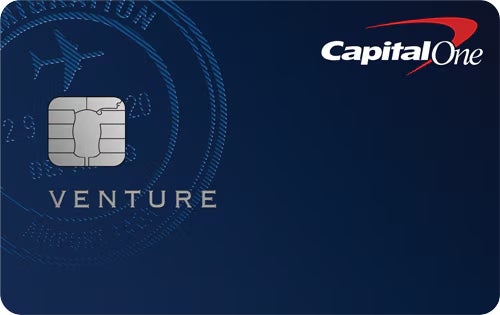
Capital One Venture Rewards Credit Card
Last reviewed: April 7, 2025
This is a flexible rewards card with a high rewards rate and valuable perks for frequent travelers.
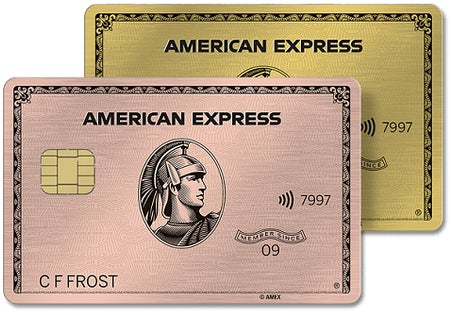
American Express® Gold Card
Last reviewed: April 7, 2025
The annual fee is pricey, but if you’re searching for the most rewarding card for food purchases, the American Express Gold Card may be your best option.
See if you’re prequalified for the American Express® Gold Card with CardMatch™`
